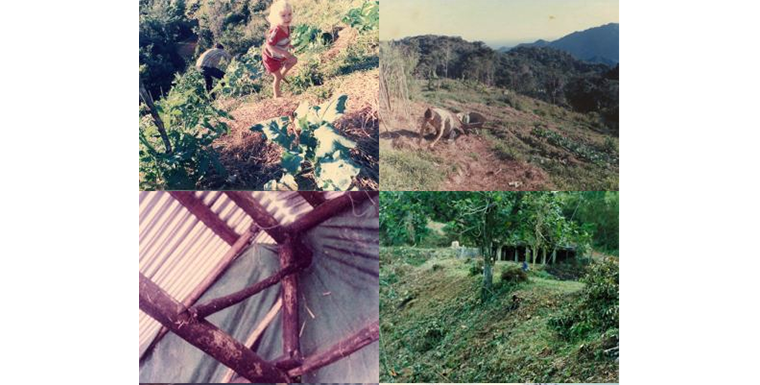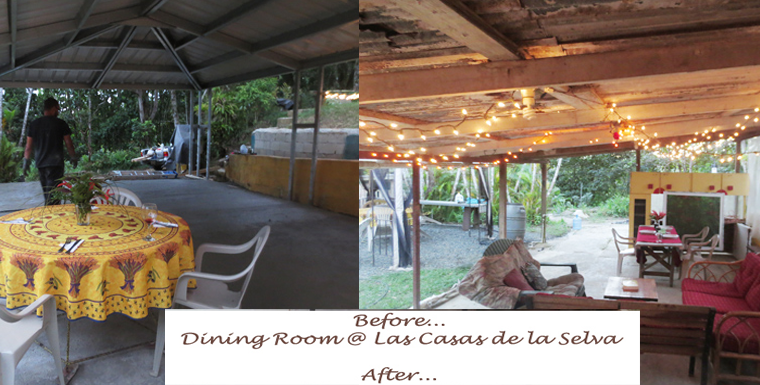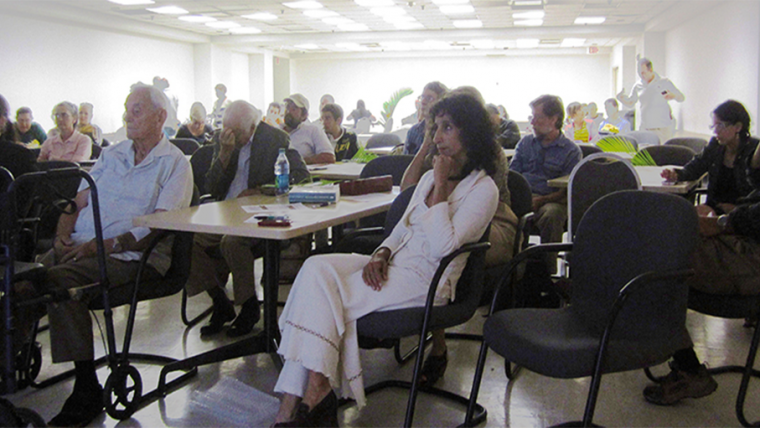Tree planting (Styrax portoricensis) with students from Northwestern University of Chicago…beautiful days in the forest.
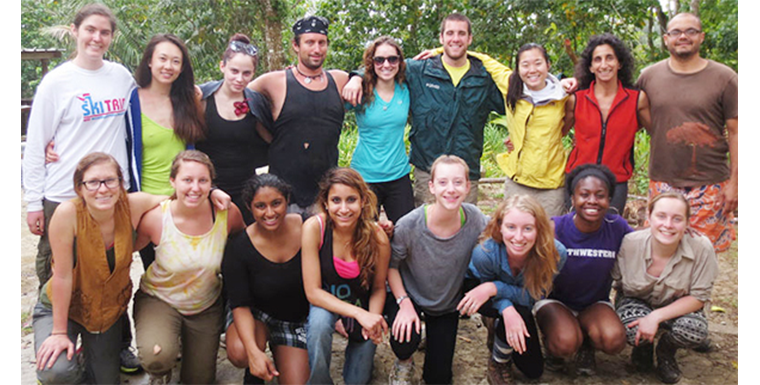

Tree planting (Styrax portoricensis) with students from Northwestern University of Chicago…beautiful days in the forest.
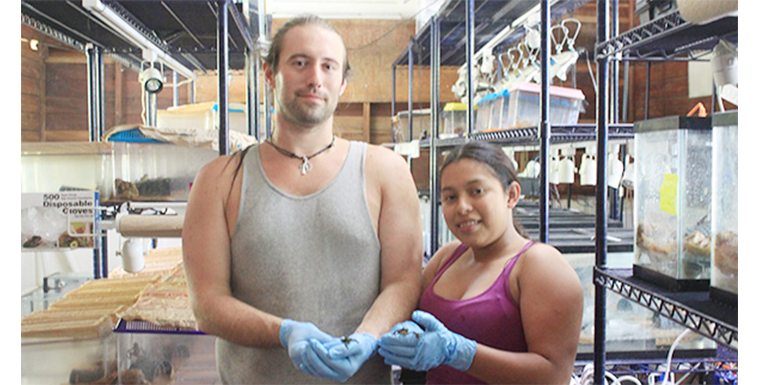
In 2012 Norman Greenhawk was honored by Earthwatch with a Neville Schulman Award. The award is given for the training of emerging environmental leaders. For the award, Norman submitted a proposal: “Herpetological Conservation in the Neo-Tropics: An Interdisciplinary Approach”, and he is currently two and a half months into his seven month sabbatical.
June 2013: Above: Norman Greenhawk with Nahir Tejada in the PARC (Panama Amphibian Rescue and Conservation Project) quarantine room, located at Summit Zoological and Botanical Park in Panama. The frogs are being stored here in temporary housing as the project finalizes it’s relocation to the new facility in the nearby community of Gamboa. Every day, over 150 plastic tanks of frogs have to be cleaned and the frogs have to be provided with fresh water and food. Norman is holding an Atelopus limosus and Nahir holds an Atelopus glyphus. Collectively, members of the genus Atelopus are known as “Harlequin frogs”, and are highly susceptible to the Chytrid fungus that is decimating frog populations worldwide. The goal of PARC is to preserve a genetically diverse breeding population in captivity in the event that these species go extinct in the wild, as the Panamanian Golden Frog (Atelopus zeteki) is currently.
He has spent a month at La MICA Biological Field Station in El Cope, Panama. He has worked with Dr. Julie Ray, a specialist of Panamanian snakes and has also interviewed citizens of the rural barrio of Barrigon about their attitudes and beliefs about snakes. His time in Panama will end with a stint at the Panamanian Amphibian Rescue and Conservation Project (PARC), which partners with the Smithsonian Tropical Research Institute. PARC is a captive breeding program dedicated to preserving genetically diverse populations of Atelopus frogs, a genus of frogs that are highly susceptible to the Chytrid fungus, a disease currently wiping out populations of amphibians all over the world. While working at PARC, he is continuing his interviews of local and indigenous peoples, focusing on beliefs about reptiles and amphibians in general, as well as perceptions about conservation organizations.
Norman also has had an opportunity to conduct a very sobering interview that helps showcase why he is so focused on community outreach and partnership. On May 30th, Jairo Mora Sandoval, a Costa Rican sea turtle conservationist, was murdered by poachers who were angered at his efforts to attract the attention of police to a huge illegal turtle harvest. By chance, a former Las Casas volunteer was working with Jairo’s group when the murder occurred. He met with Norman and shared his story of what happened; Jairo was a young man, 26 years old. The night before his murder, he spoke of wanting to propose to his girlfriend. He was well liked by the community, and even by many of the local poachers. Such examples of violence are extreme, but not unheard of. Norman hopes that his continued outreach to communities around each of the conservation projects he is working at will help in some small way to prevent future tragedies such as this- on July 3rd, Norman flies to Belize to work with a crocodile sanctuary that was burned to the ground two years ago by Maya Indians who erroneously thought that two village children had been eaten by the crocodiles. We wish the best for Norman on his intrepid explorations!
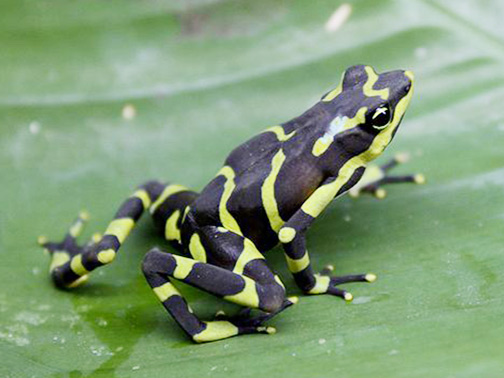
Image by Brian Gratwicke [CC-BY-2.0], via Wikimedia Commons
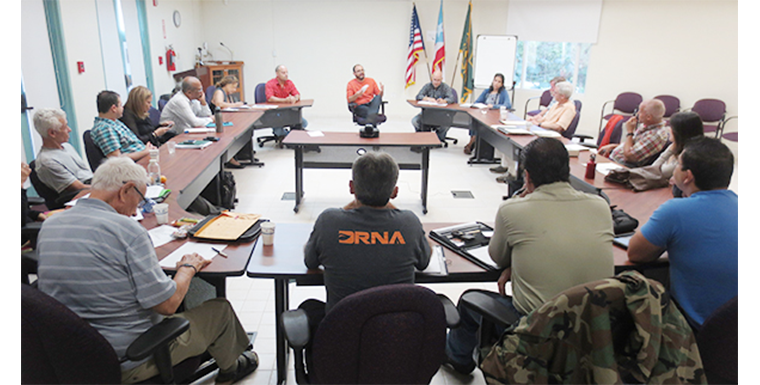
March 18th 2013, meeting at International Institute of Tropical Forestry. Talking about forest products, wood, extraction, economics, realities of timber production in Puerto Rico. More here.
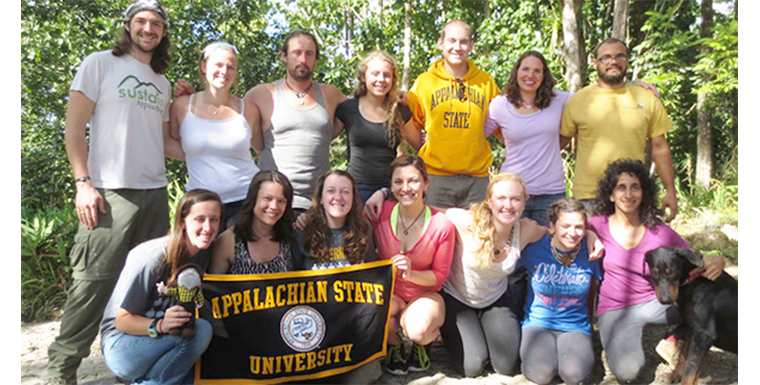
Students from Appalachian University at Las Casas de la Selva till Saturday! Plastering work on homestead, and building a bridge in a day! Wow! Thank you team for excellent work in all areas.

Latest Bass Guitar made from Blue Mahoe wood from Las Casas de la Selva, by 17 year old Stratton Yatron.
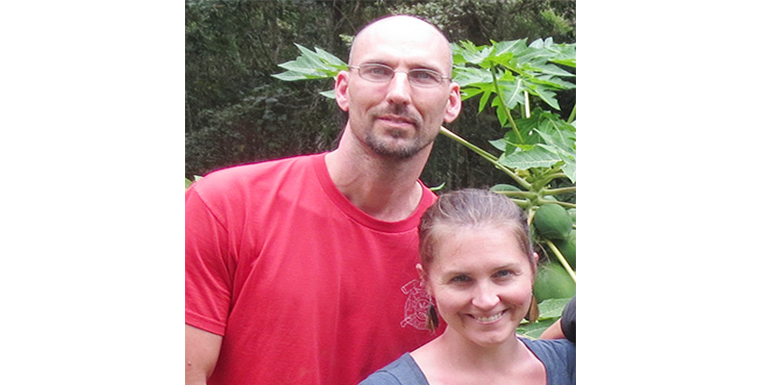
DJ and Niki Faller volunteered at Las Casas de la Selva in late February 2013. We carried endangered tree saplings (Styrax portoricensis) to various staging areas in the forest ready for planting.
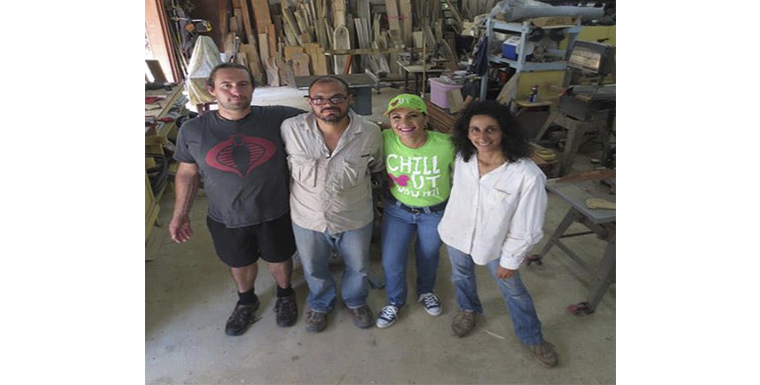
Channel 24 “Desde mi Pueblo” filming in Patillas…keep an eye out! The bosquer@s with Jaylene Cintron!
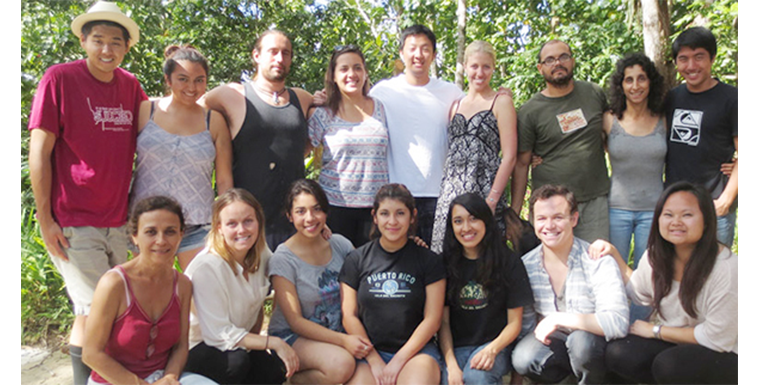
Pepperdine students helped in getting trees to the places in the forest where we are going to plant them…these are Styrax portoricensis saplings.
This particular project is a collaboration with US Fish & Wildlife to establish the recovery of highly endangered endemic species. Thank you Pepperdine team for all your enthusiasm in trailwork and treework.
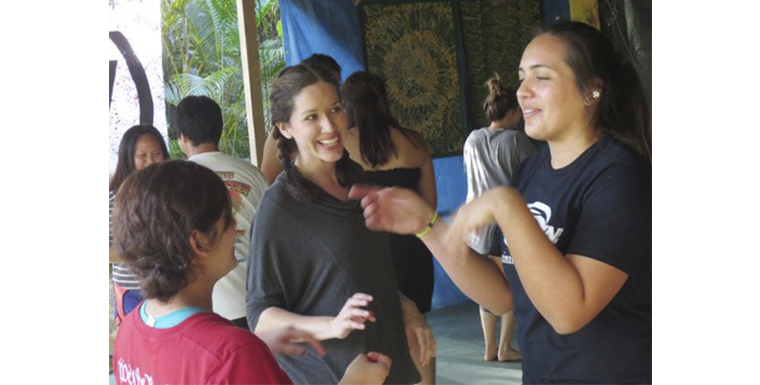
Pepperdine University students with maestra Lorena Lopez in el teatro, Las Casas de la Selva.
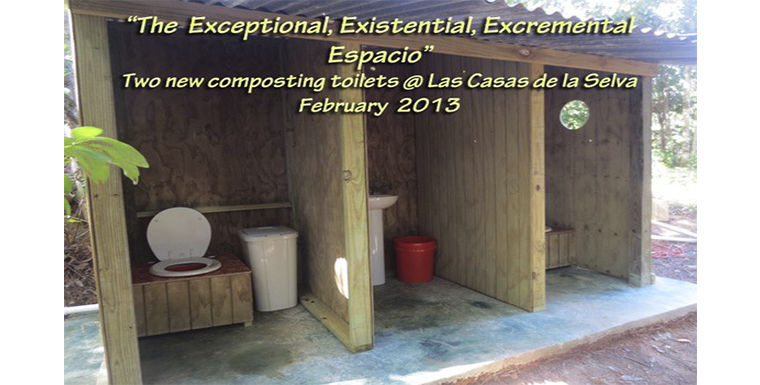
Composting toilets, nearly finished, almost ready for pooping and peeping in…come and have a splash-back free experience at Las Casas de la Selva!! Just good shit!
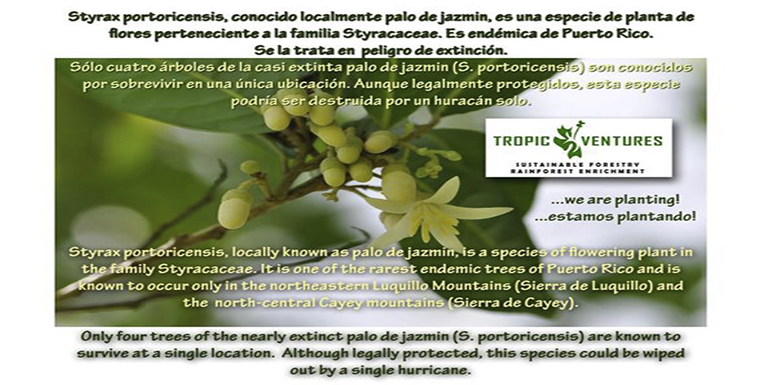
…Endangered Endemic Tree planting Program at Las Casas de la Selva. New Project 2013… Get in touch to get involved.
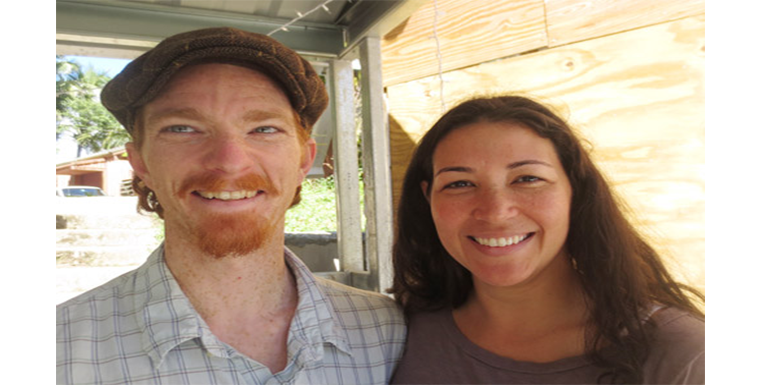
Lepidopterist George Locascio has been volunteering and in his spare time has been studying the butterflies of Las Casas de la Selva. This year he presented us with our first very own butterfly box, with all specimens identified. Seen here with Ileana Soto Rosa, who has also contributed time at the project.
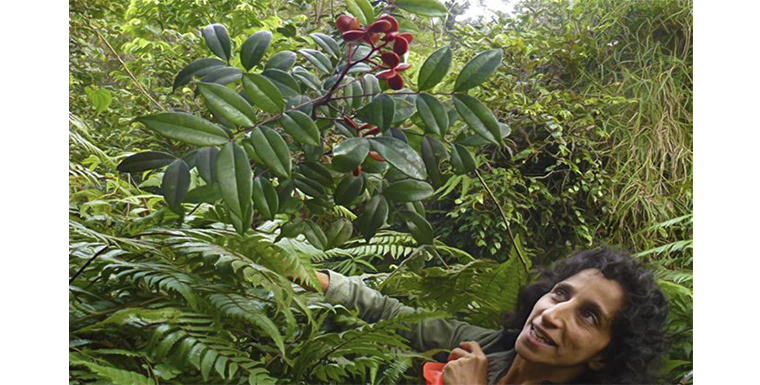
Rare Simarouba tulae in fruit in our forest…ravished by beauty all over again!
Simarouba tulae (flowers in July), Pic above by Marie Harding
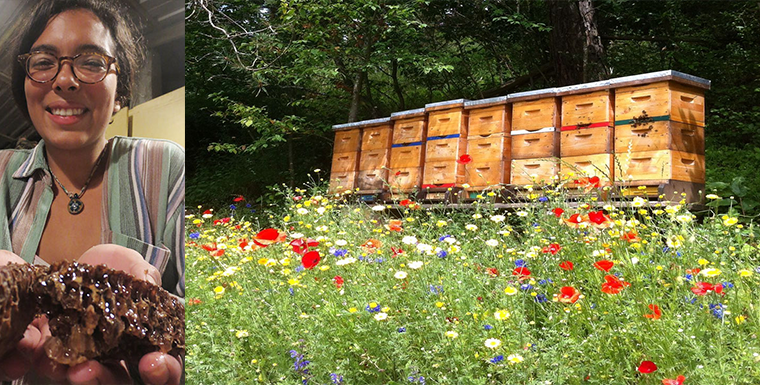
Tatiana Quiroz volunteered for a month and collected this honeycomb from the hives set up by Briony Plant and Alejandro Ramos in 2007.
